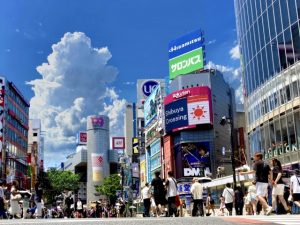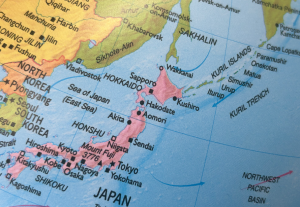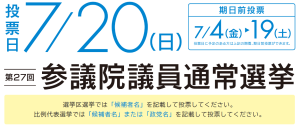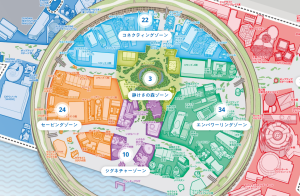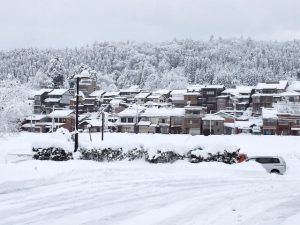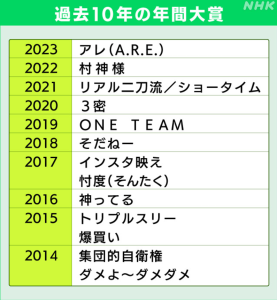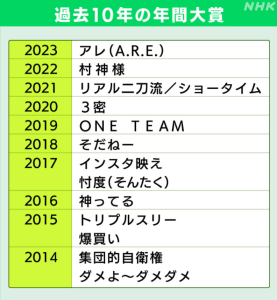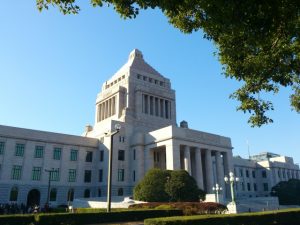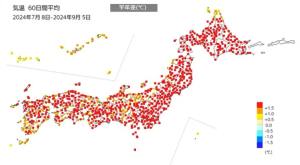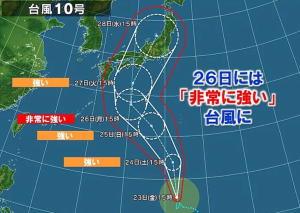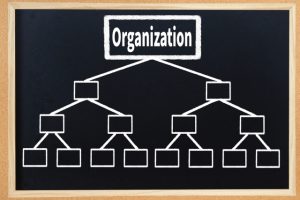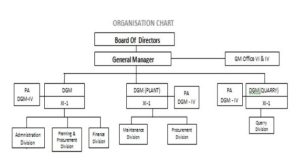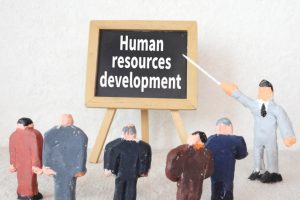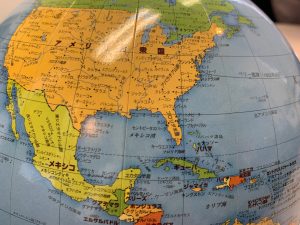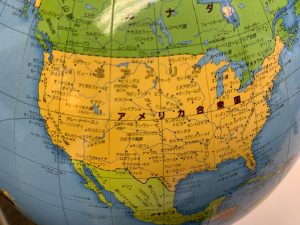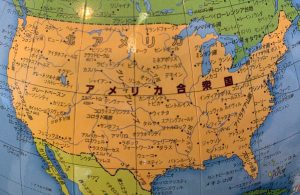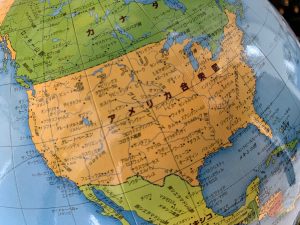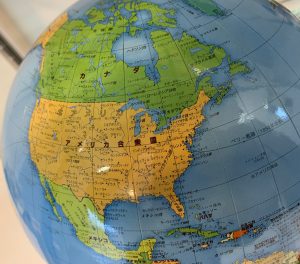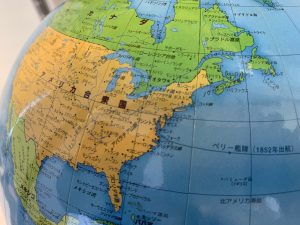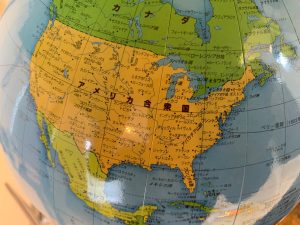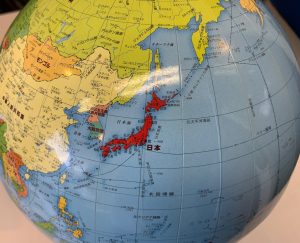Re: Population decline and labor shortage (57) August 26, 2022
The Ministry of Internal Affairs and Communications has recently announced the population as of January 1, 2022 based on basic register of residents. According to this, Japan’s population was about 123.22 million and decreased by about 0.62 million from the previous year, and has been decreasing 13 years in a row since its peak in 2009. The rate of decline was the largest since 1968 when the present survey started. And Japan’s population in Tokyo area summed up Saitama, Chiba, Tokyo and Kanagawa, which was about 35.61 million, decreased by about 34 thousand for the fist time. This was the first time since 1975 when the survey started. And the number of births in Japan was about 0.81 million and the smallest since 1979 when the survey started, and on the contrary, the number of fatalities was about 1.44 million which was record-high. It indicates that Japan has entered into a society with few births and multiple deaths. In addition, the birth rate maintaining the present population scale is said to be around 2.07, and incidentally, the birth rate in 2021 was 1.30.
Moreover, according to the other statistics, national census in 2020, the population in Japan including foreigners tended to decrease since its peak in 2008, and it is estimated that the population in Japan will fall below 100 million if this condition continues. If the decrease of the number of births speeds up, it may fall even faster. 100 million is almost the same size as 1965 when Japanese economy had been high growth period. As mentioned above, the population of the working generation continues to decrease, and then the burden of social insurance premiums such as public pensions and long-time care insurance becomes bigger. In 1965, it was a “type of portable shrine” supporting one elderly person with 10.8 members of the current generation, but now it is a “type of a monkey cavalry battle” supporting one elderly person with 2~3 members. And in 2050, it is expected that it will become a “type of a piggyback ride” supporting one elderly person with 1.4 members of the current generation.
And according to the data published by the Ministry of Internal Affairs and Communications in May this year based on the said survey, the percentage of working women aged 25~29 was 78.2%, increased by 5.2 % compared to five years ago. And 80 % of women in their 30s continues to work. It is considered that a resolution of what we call “M-shaped curve phenomenon” is progressing. Working of women in their 30s has progressed, and then the ratio of the working force of women from 15 years and up was 54.2 % and increased by 3.4% compared to the survey in 2015 and rose to a record high. But the problem is that regular employment among working women is only 42.4% and far below of 65.2 % in regular employment among working men. 41.5% of working women is part-time worker, and regular employment is almost the same number as nonregular employment. Incidentally, average monthly income of full-time workers in 2021 is 400,000 yen and average monthly income of part-time workers is 100,000 yen. It is pointed out that this is a background of income gap between men and women.
On the other hand, employment rate of the elderly, 65 years and up, is also rising and 25.1 % in 2021 increased by 5.9% compared to 10 years ago. The ratio of elderly workers to all employed workers is 13.7% and the highest ever since 1968.
From this situation, labor shortage in Japan is not transient, but constant as the basic tone. And it is expected that it will become more severe, and securing labor force will become an important management issue.
The other day, my friend living in Los Angeles pointed out that “in the United States, wages of workers are rising considerably, but why wages are not rising in Japan despite the labor shortage?” Obviously in Japan, over the last 30 years, annual average of economic growth rate has been less than 1% and salaries have also barely increased. The so-called deflation has continued. According to the Ministry of Health, Labor and Welfare, in this year’s spring offensive wage increase rate was 2.2%, and fell short of price rises (2.4 % in July). Hourly minimum wage this year was raised by 3% which was the largest ever and became 961 yen on the national average. But it is low compared to Europe and the United States, and below average of OECD members which are 38 developed countries.
The big reason is that industrial labor unions are the mainstream in Europe and the United States, but in Japan enterprise labor unions are the mainstream and they have a basic philosophy of labor-management cooperation. Therefore, it seems to me that they are a little bit lack of tension in improvement negotiations of working conditions. Incidentally, unionization rate of labor union of a company having more than 1000 employees is 39.2 %, and unionization rate of labor union of a company having less than 99 employees stays at 0.8%.
The above is the present situation, and labor shortage will become more severe in future. Therefore, it seems to me that in order to secure the number of persons, wage pressures will become stronger, not like in the past. Management side is asked to respond to it appropriately. Management aims to improve productivity by introducing AI and DX proactively, and it is also necessary to consider a wage increase seriously.
≪P.S.≫ Next week is already September. I can’t believe how quickly the time goes. Two years and eight months have passed since the start of the spread of coronavirus infections. Six months have passed since the invasion to Ukraine by Russia. In both cases, nervousness immediately after occurrence is fading away, and I get used to them somehow and find myself unresponsive for the news in which coronavirus infected people are over 250,000 a day and slaughters occurring every day in Ukraine. On the other hand, in Russia due to the power of propaganda insisted “wrong thing is right” by its government, I hear that Putin’s approval rating is ,if anything, rising, according to public opinion polls. While thinking that “I have to change something, if I am asked “can’t we do something?”, I even feel powerless, because “I can’t do anything”.










